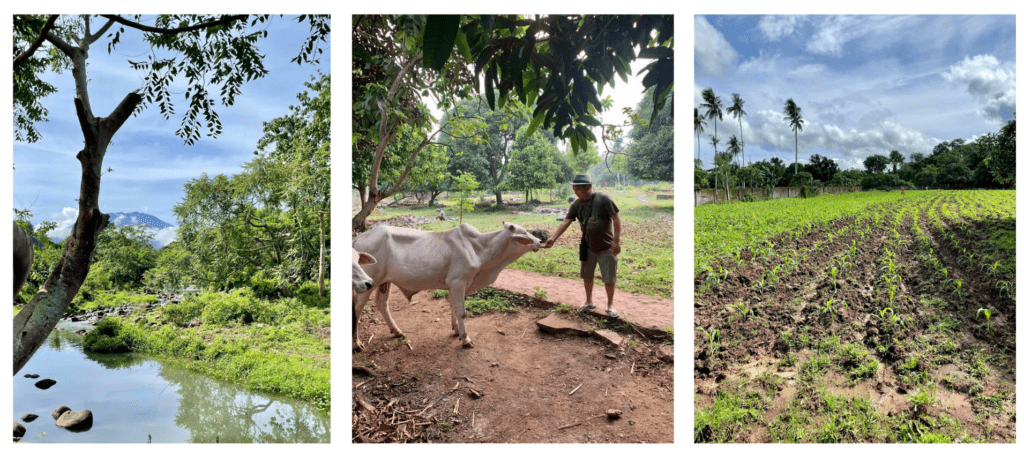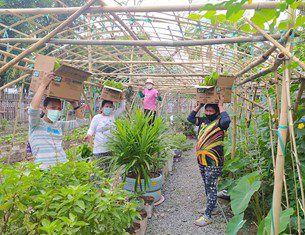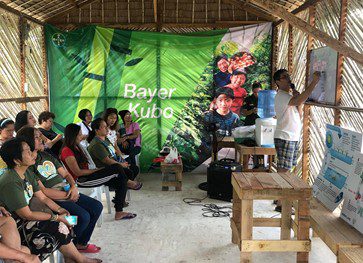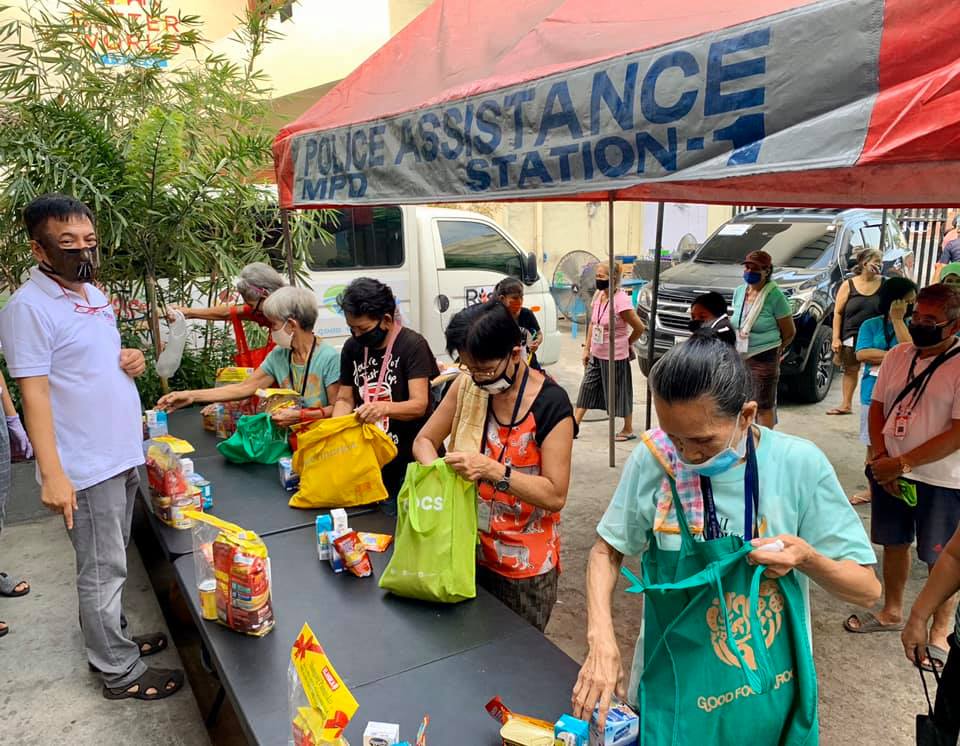Good Food Farm Magdalena is an abundant landscape with fields of sitaw pole beans, upo bottle gourds, and calabasa winter squash, free-roaming chickens and grazing cows, and the foundations of a greenhouse. This is the third farm Rise Against Hunger Philippines (RAHP) has created under the Good Food Farms name since 2020, and all three are located in communities supported by the food bank. Good Food Farms serve many purposes including education and agrotourism—however, food security and sustainability are paramount.

In January 2020, RAHP launched the first farm to improve food access in the city of Taguig, transforming an empty lot in a public housing project into a 300-square-meter urban farm. When the Philippines went into lockdown in early March, RAHP faced logistical challenges with getting food to communities that needed it most. “For us to deliver food [during the lockdowns], we would have to drive [up to] six hours to distribute food, then drive back [immediately] because we were not allowed to stay overnight,” said Jomar Fleras, RAHP’s executive director. It became clear that establishing these farms around the Philippines would serve as a critical safety net as lockdowns continued to complicated access to food and essential supplies.
Most recently, the food bank acquired 11 acres for a farm in Magdalena, two hours outside of Manila. “About 70 percent of the population is considered food insecure,” said Fleras. The Good Food Farm will strengthen food security in Magdalena and the surrounding communities, especially during times of crisis—fresh produce will supplement RAHP’s food parcels and be used to prepare hot meals in their community kitchens. And through the food bank’s school feeding program, RAHP hopes to provide vegetables and fruit to feed up to 10,000 children every day.

Not only do the Good Food Farms provide fresh food to people who need it most, but they also improve and protect the environment in the following ways:

The Good Food Farms have provided an abundance of benefits to local communities in the two years since the first farm was established, and RAHP is excited about the future. Operating at the intersection of food access and sustainability, these farms are an important resource that will strengthen communities in the Philippines for years to come.
